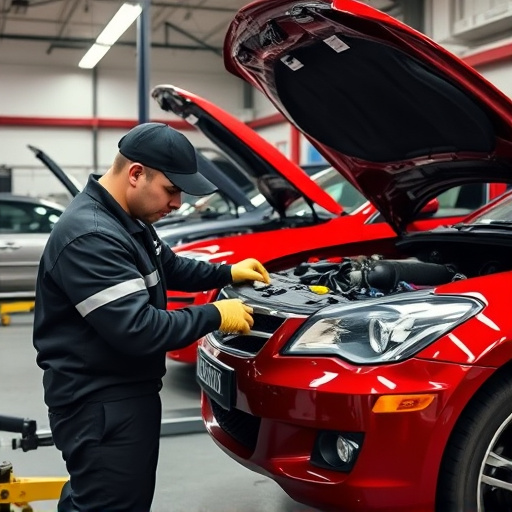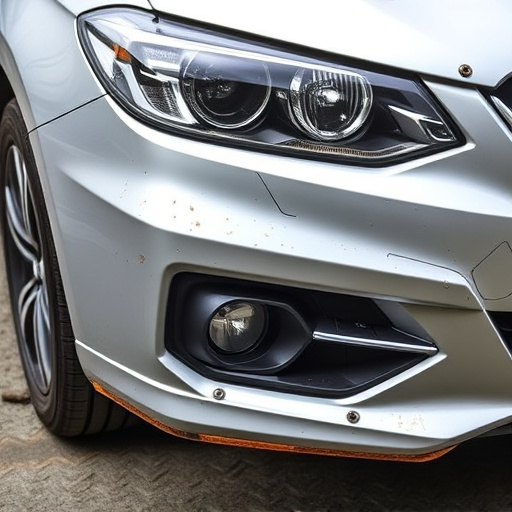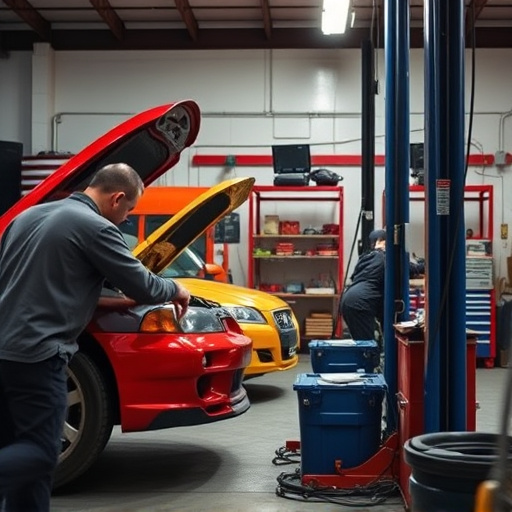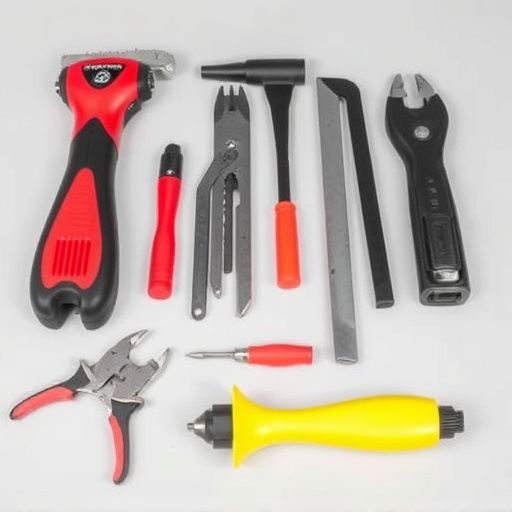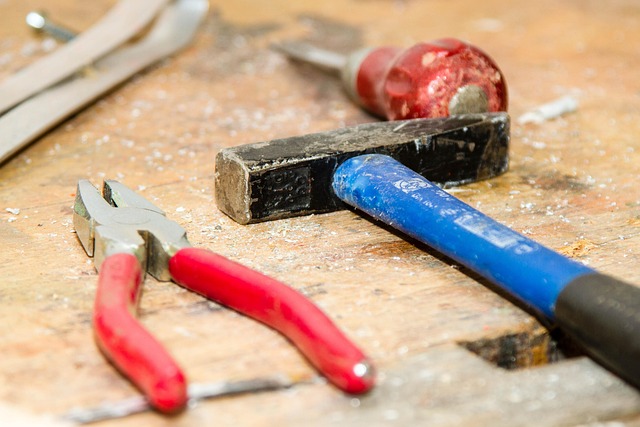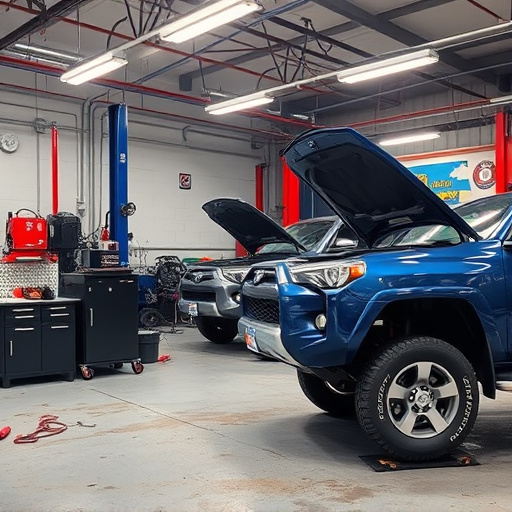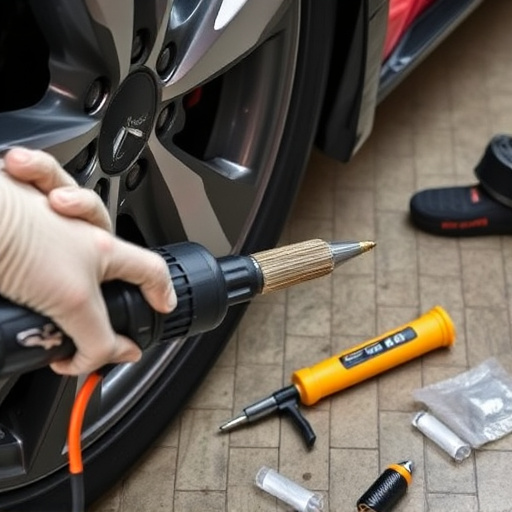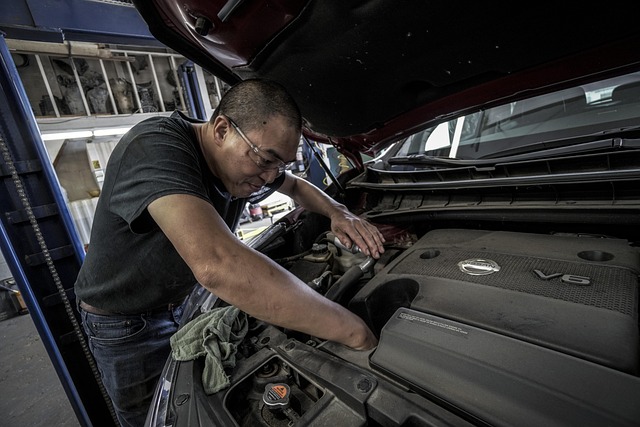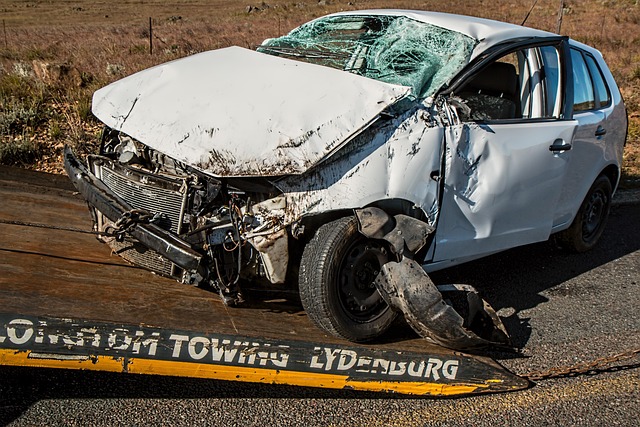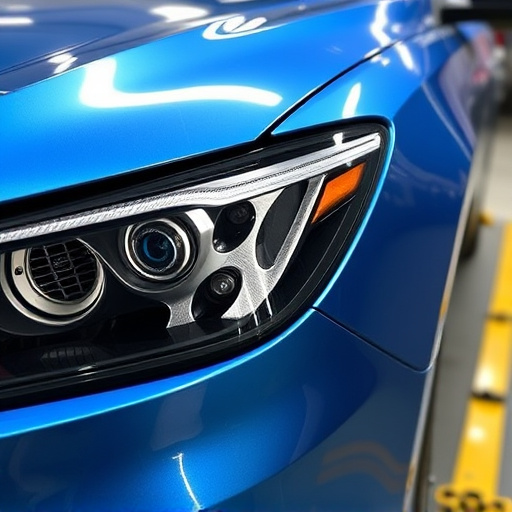Hail damage dents on vehicles range from cosmetic to structural issues, caused by hailstones during severe weather. Repairs involve professional body shop services or at-home solutions. Initial steps include thorough assessment, preparation, and cleanliness. Modern repair methods use technology like PDR for minor dents and advanced equipment for extensive damage, ensuring precise, cost-effective, and safe vehicle restoration.
Hail damage dent repair is a critical service, especially in regions prone to severe weather. Understanding the common types and causes of hail dents is the first step towards effective restoration. This article delves into the process, offering insights on assessment, preparation, and advanced techniques. From large to small dents, modern methods ensure vehicles return to their pre-hail condition, preserving aesthetics and value. Discover how professional repairs can efficiently address these challenges.
- Understanding Hail Damage Dents: Common Types and Causes
- Assessment and Preparation for Effective Dent Repair
- Advanced Techniques for Restoring Vehicles to Pre-Hail Condition
Understanding Hail Damage Dents: Common Types and Causes

Hail damage dents are a common concern for vehicle owners, particularly those living in areas prone to severe weather conditions. These dents, caused by hailstones impacting the car’s surface, can range from minor cosmetic issues to more significant structural damage. Understanding the types and causes of hail damage is crucial when considering hail damage dent repair options, whether for large or small dents.
The most common types include round, uniform dents known as “dime-sized” or “penny-sized” dents, often leaving a distinct pattern on the vehicle’s panel. More severe cases may result in deep, uneven depressions that can compromise the integrity of car body panels. Hail damage can also affect various parts of the car, including roofs, fenders, doors, and even headlights. The causes are straightforward: hailstones, varying in size and intensity, collide with the vehicle’s exterior, creating dents over time as they accumulate during storms. For efficient repairs, many turn to professional body shop services or explore at-home auto repair near me solutions tailored to specific dent sizes and shapes.
Assessment and Preparation for Effective Dent Repair
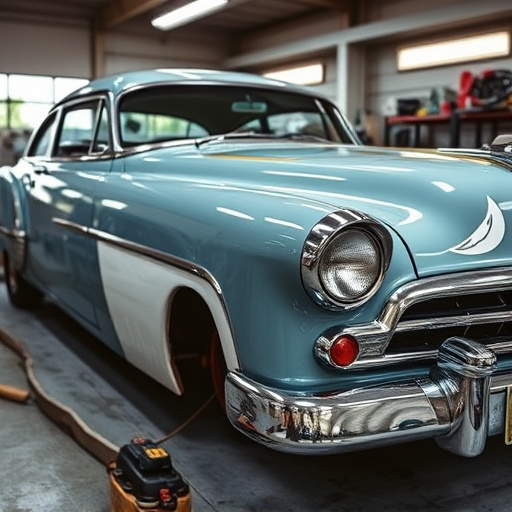
When it comes to hail damage dent repair, a thorough assessment and proper preparation are key to achieving effective results. The first step is to inspect the vehicle thoroughly, identifying the extent and type of dents caused by hail. This involves walking around the car, examining every angle, and taking note of the size, depth, and number of dents present. Some dents may be hidden or hard to reach, so a close inspection is crucial.
During preparation, it’s essential to clean and decontaminate the dented areas to ensure optimal bonding between the repair materials and the vehicle’s surface. This includes removing any dirt, debris, or residue that might interfere with the repair process. Additionally, ensuring the car’s panel is free from rust or existing damage is vital to prevent further complications during the hail damage dent repair process. An auto collision center will often handle these initial steps, offering professional assessment and preparation services for both large and small dents.
Advanced Techniques for Restoring Vehicles to Pre-Hail Condition

In today’s digital era, hail damage dent repair has evolved significantly, offering advanced techniques to restore vehicles to their pre-hail condition. The process now involves a combination of cutting-edge technology and skilled craftsmanship. For small dents, methods like paintless dent repair (PDR) have gained popularity. This technique leverages specialized tools to remove dings without disturbing the surrounding paint, preserving the vehicle’s original finish and color accuracy. PDR is not only efficient but also cost-effective compared to traditional auto painting methods.
For larger hail damage, a comprehensive approach involving collision repair and tire services might be necessary. Modern collision repair facilities utilize advanced equipment such as robotic welding and computer-aided design (CAD) software to ensure precise repairs. These innovations allow for accurate measurements and seamless integration of replacement parts, ensuring the vehicle returns to its pre-hail state. Additionally, tire services play a crucial role in assessing and replacing damaged tires, further contributing to the overall restoration process and safety of the vehicle on the road.
Hail damage dent repair is a necessary step to restore vehicles affected by these unpredictable weather events. By understanding the different types and causes of hail dents, properly assessing the damage, and utilizing advanced repair techniques, professionals can effectively reverse the effects of hail, ensuring vehicles return to their pre-hail condition. Efficient hail damage dent repair not only enhances aesthetics but also preserves vehicle value, offering peace of mind for car owners facing these challenging impacts.
